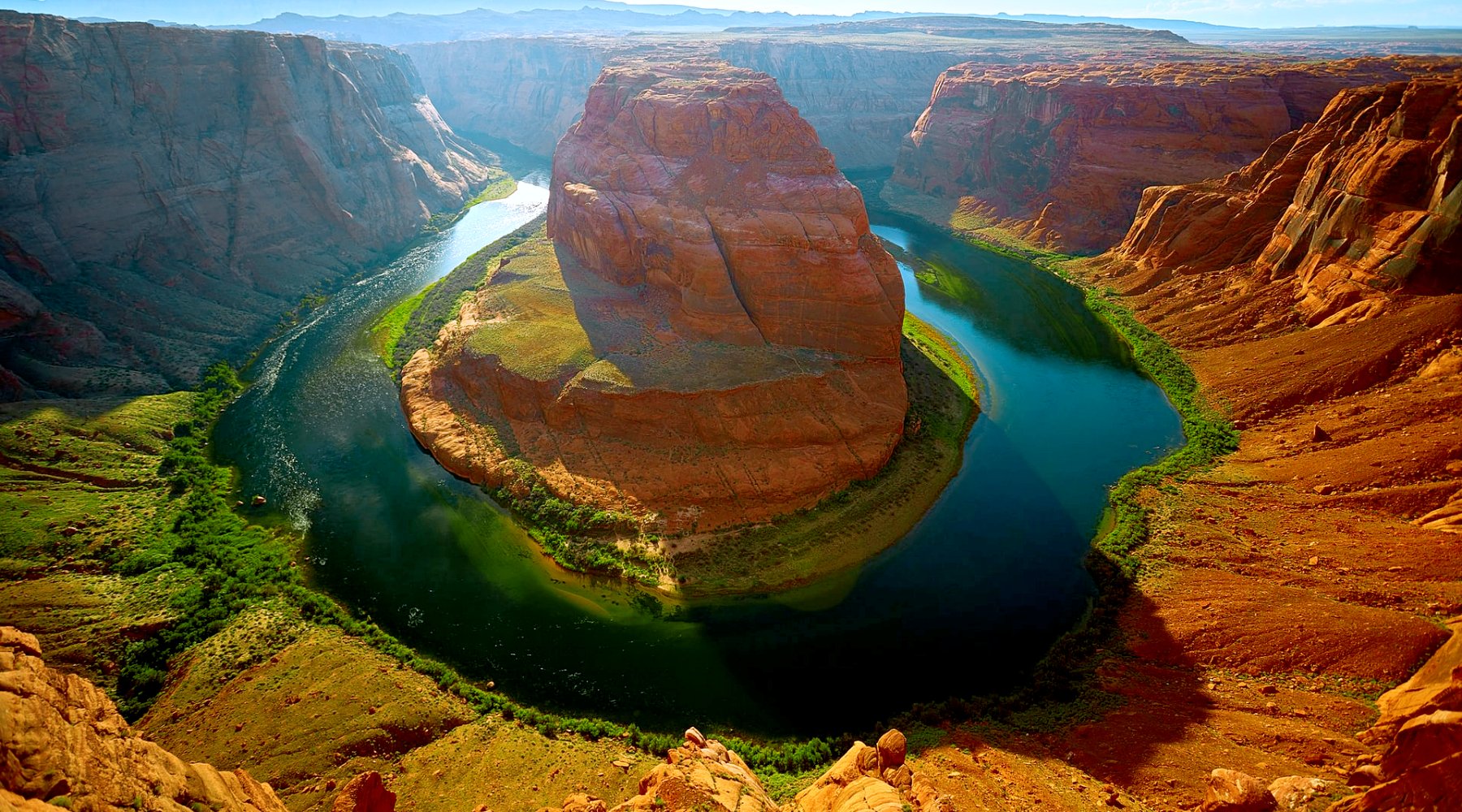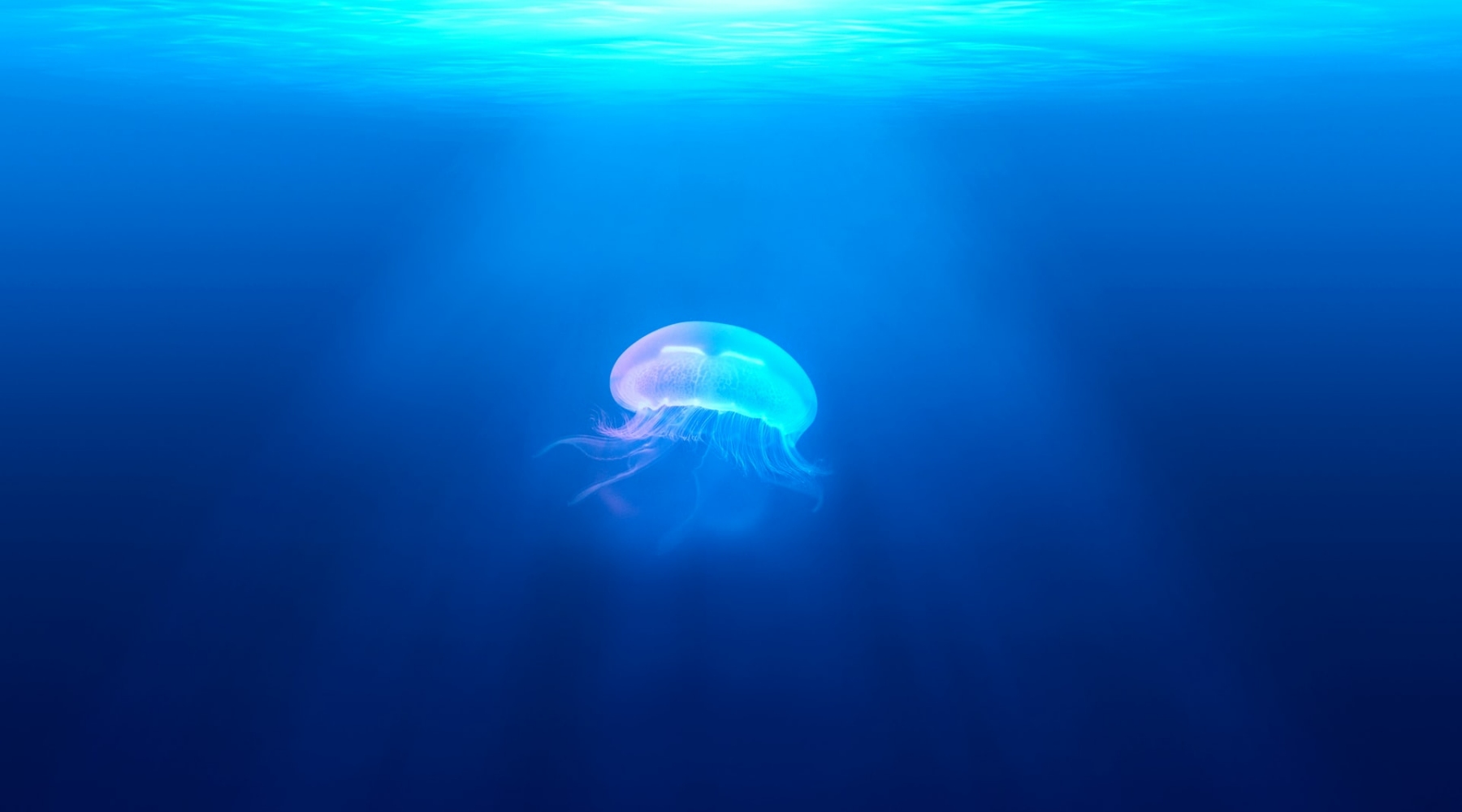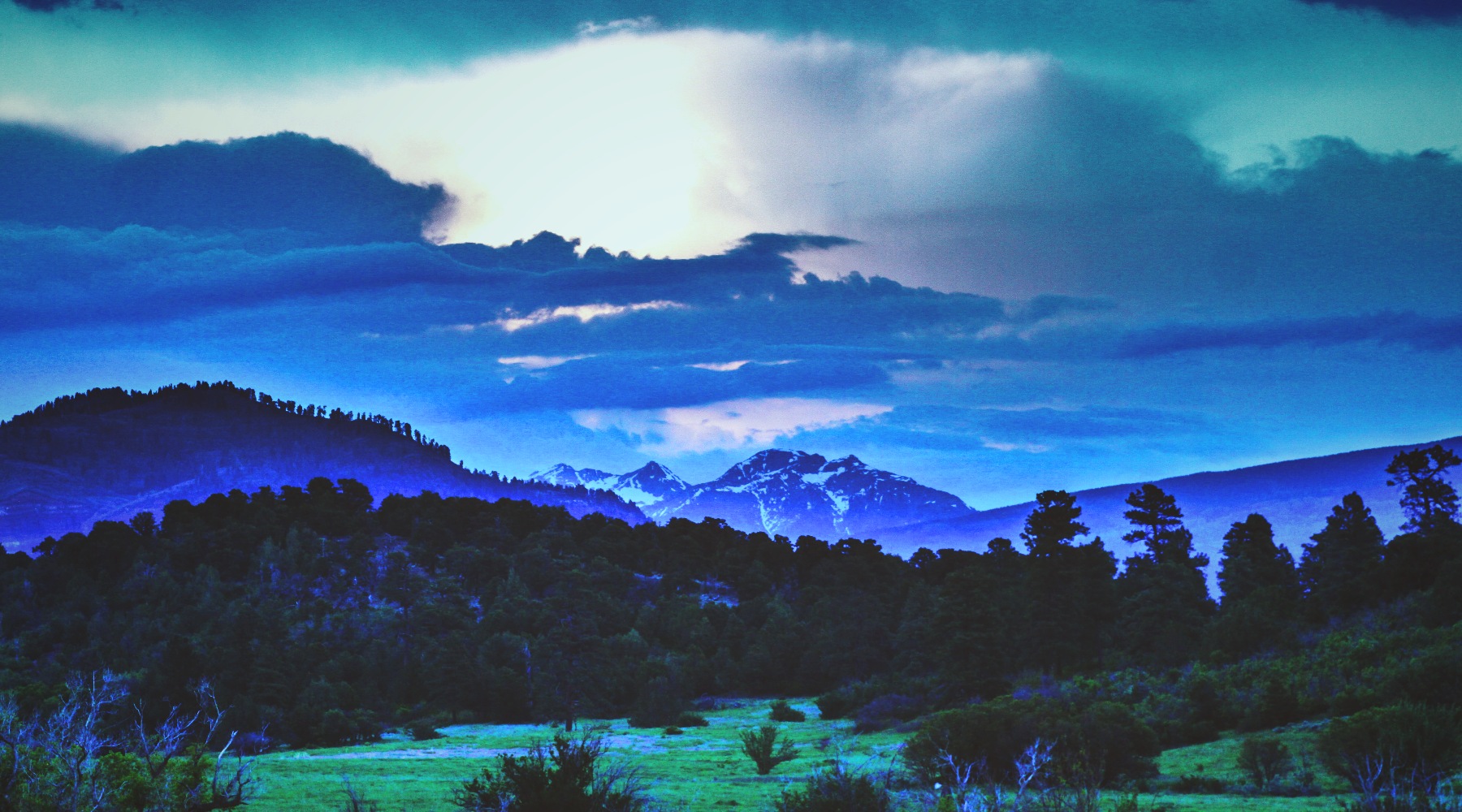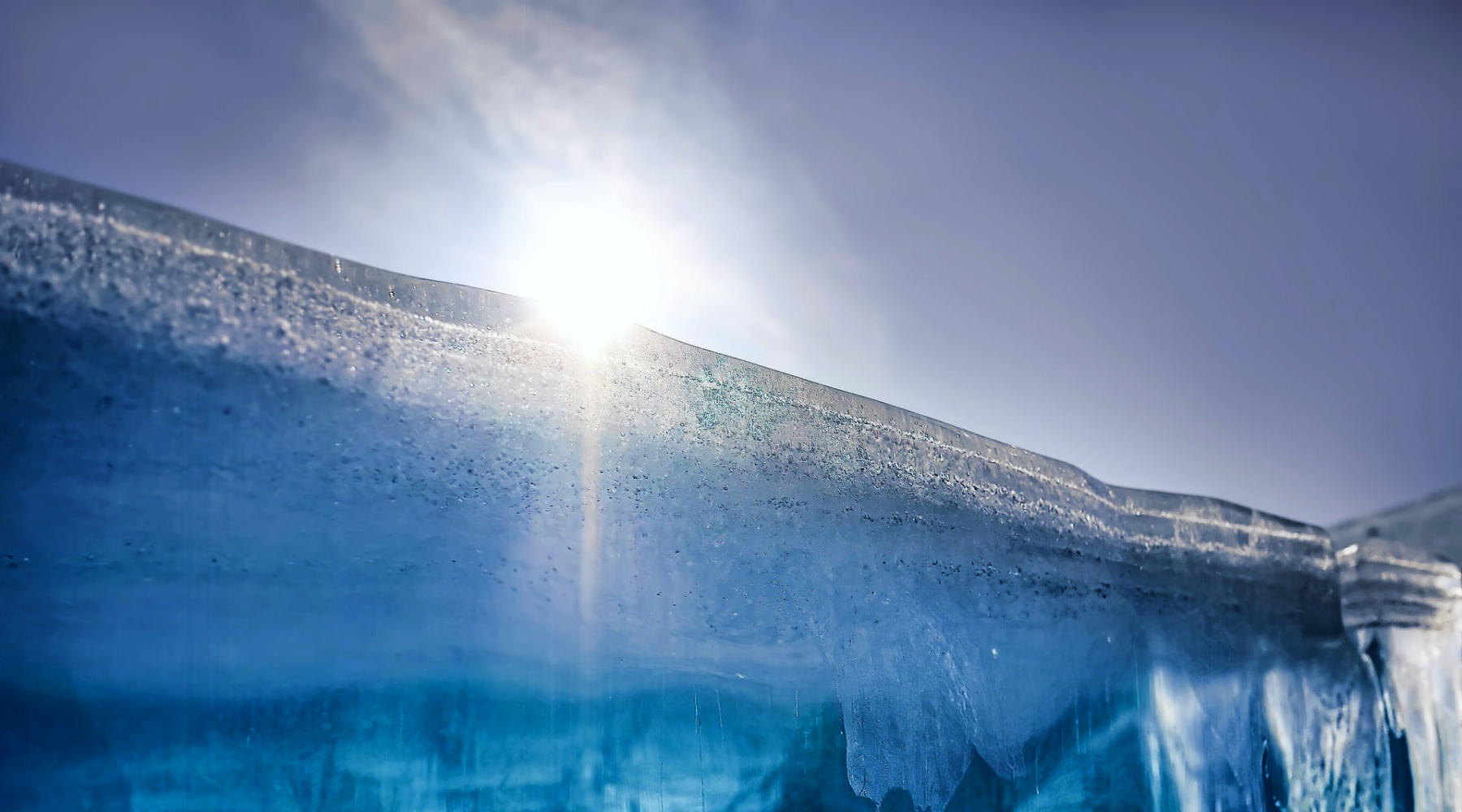To continue with Sustainability history, we will began during its prehistory, From the beginning of life to pre-industrial age. We will uncover that sustainable concepts always exist in different words across other languages, biological self correction, and in the practices of pre-colonial, indigenous, and first world peoples.
The Eons periods throughout time that are classified are:
Hadean Eon
Archean Eon
Proterozoic Eon
Phanerozoic Eon

The history of the planet Earth can be argued to be congruent with the big bang, which is arguably preceded by existence itself. According to the proclaimed scientific theory of the earth existing for 4,500 million years, the age of the planet is divided into 4 eons with 10 eras that proceed at least 22 periods of time, with a few containing very relevant epochs. The smaller or shortest periods of age are reserved for modern human social and anthropological development. Furthermore, ages are more fluid and subjective in time measurement.

Within the earth’s existence thus far we achieved to reach the Cenozoic era, in Phanerozoic, the four eon of time. In which we are in the very extremely early stages of the Holocene epoch. The Cenozoic era of the later third of this Eon was achieved only 65 million year ago in which is where we remain in the now as, a multi-tier sentient and non sentient life forms.

The Phanerozoic Eon is not only the fourth Eon of existence or at least the big bang, It signified the ending of the supereon or Super Eon, Precambrian. This supereon is made up of the previous eons before the Phanerozoic; Hadean, Archean, and the Proterozoic eons. As time continues forward the Phanerozoic Eon may be promoted or scale to be called the second supereon or appointed a natural title many millions later. One can assume that a title for the new supereon is redundant or just unnecessary given that enough time has not passed on this planet.

This era, in contemporary terms, is divided into two periods: the Tertiary and the Quaternary Glaciation. The former was the first and lasted for approximately 62 to 66 million years, with several epoch periods lasting 10 to 20 million years on average. Previously, right before the Cenozoic era’s Tertiary period, the Paleocene epoch, the last age of the dinosaurs was called the Mesozoic era. In its final 80 million years, the Cretaceous Glaciation, the ongoing breakup of the mega-continent Pangaea, continued. This period also occurs at the halfway point of the Phanerozoic Eon. Our current period of existence in the Cenozoic era is the second period mentioned previously, the Quaternary Glaciation of the last 1.8 million years and its aforementioned Holocene epoch, which is just beginning within the last 10,000 years.

The Holocene epoch is again the current half of the Quaternary Glaciation, which is also the ending of the fifth and last crucial Glacial period from 115,000 B.C. to 11,700 B.C., which was the Pleistocene epoch.
The next extensive glacial period that preceded was the Karoo Glaciation, which occurred approximately 360–260 million years ago and overlapped both the later Proterozoic Era at the beginning of the Vendian period from 650 to 543 million years ago and the very late Paleozoic Era during the Permian period from 290 to 248 million years ago. As part of the Karoo Glaciation, the period from the middle to the end experienced the world’s largest mass extinction. This extinction was primarily marine life yet it was primer into the age
The third great glacial period was called the Andean or Andean-Saharan Glaciation between 460 to 430 million years ago, which is also called the Paleozoic Era that a 100 million years later becomes the Paleozoic/Karoo Glaciation. This glacial period During the overlapping time ranges of both the Silurian (443.4 to 419.2 million years ago) and Ordovician (485.4 to 443.3 million years ago) periods in the early half of this era. Within the beginning of the Phanerozoic Eon after the Cambrian period which is the first 53.4 million years of the Eon; this ice age happens during the middle third of its first quarter (Ordovician period) and the final third of the stated quarter (Silurian period).
The preceding second critical glacial period, known as the Cryogenian Glaciation, occurred between 850 and 630 million years ago. This is during the majority and peak of the Neoproterozoic era between 1,000 and 538.8 million years ago of the greater Proterozoic eon of 2,500 to 543 million years ago, overlapping the earlier portions of both the Vendian period from 650 to 543 million years ago and the most recently established by the IUGS (International Union of Geological Sciences), the Ediacaran period from 638 to 538.8 million years ago. This ice age is significant because it is similar to the Quaternary Glaciation in that it is the final glacial period in both the Proterozoic Eon and the Precambrian Supereon before transitioning to the current Phanerozoic Eon stage.
The original extensive Huronian Glaciation period lasted 300 million years at the start of the Precambrian supereon known as the Proterozoic, which lasted from 2,400 to 2,100 million years ago, and its first era; the first half of the Paleoproterozoic era, which included both the Siderian epoch from 2,500 to 2,300 million years ago and the Rhyacian epoch from 2,300 to 2,050 million years ago. Several mini-ice ages formed during this time period from the minerals rock, mudstone, sandstone, and clay. This period, as major as it was, was not a continuous glaciation. Between 2.8 and 2.1 billion years ago, the Huronian Glaciation was limited to what is now the Midwestern region of the North American continent section of both the Ur and Kenorland supercontinents. This glaciation also advanced in parallel with what is called the Great Oxygenation Event, which happened during an increase in atmospheric oxygen and a decrease in atmospheric methane. This led to the mass extinction of various anaerobic species due to the toxic oxygen, but it is not considered one of the great extinctions, which happened in the later eons from less than a billion to 500 million years ago.
During these specific points of time in pre-history, it is important to reflect on how sustainable the earth was in its early stages. As life came and went, land and sea formed through adaption of the totality of the geosphere and the development of its cosmic influence.
To sustain itself in a renewable continuum is a massive part of the planet’s narrative. Through the stages of humanity’s rapid advancement through, civilization presented challenges in agriculture, population growth, and demands in industrial commerce. There are, however, more intentional agendas in the age of enlightenment, colonial establishment, the three stages of the industrial revolution, post-WWII global economic development, and the cold war. We also will explore sustainable development that evolved initially through civil and political progress across civilizations, particularly in various stages of the pre-colonial periods.

What does our planet’s internal infancy mean for both environmentalism and conservation as well as preservation?
What does the existence of life within the geosphere especially during the later stages of the different ice ages through out history?
What other factors can we learn from how sustainability advanced during both environmental, social, and market paradigm shifts throughout history?
Our impacts determines the outcomes of our existence on this planet if not entirely the Earth itself.
